Weekly Reader: Yiddish and the American Labor Movement
Over the past few weeks we’ve been celebrating Jewish American Heritage Month by looking at the contributions of Yiddish-speaking Jews to literature, theater, and film. As important as these contributions are, there’s another area where Yiddish-speakers, many immigrants, played an important role: the American labor movement. This week, let’s take a look at that involvement, from its beginnings until now.
—Ezra Glinter, Senior Staff Writer & Editor
Printed Justice
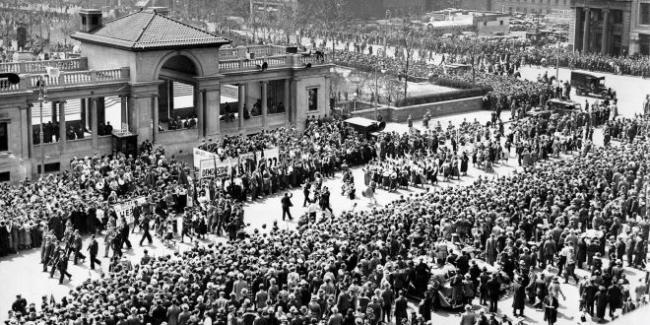
It’s not often we get to draw attention to Gerechtigkeit (Justice), the weekly journal of the International Ladies' Garment Workers’ Union (ILGWU). Founded in 1900, the ILGWU was one of the largest labor unions in the US and one of the first with a primarily female membership. During its first few decades, the ILGWU organized several large-scale strikes, winning key concessions for workers, and led the response of organized labor to the 1911 Triangle Shirtwaist Factory Fire. In 1995, ILGWU merged with the Amalgamated Clothing and Textile Workers Union to form the Union of Needletrades, Industrial and Textile Employees (UNITE). This collection, presented in partnership with the Kheel Center for Labor-Management Documentation and Archives at Cornell University, includes scanned copies of the Justice journal published between 1919 and 1969.
Personal Background
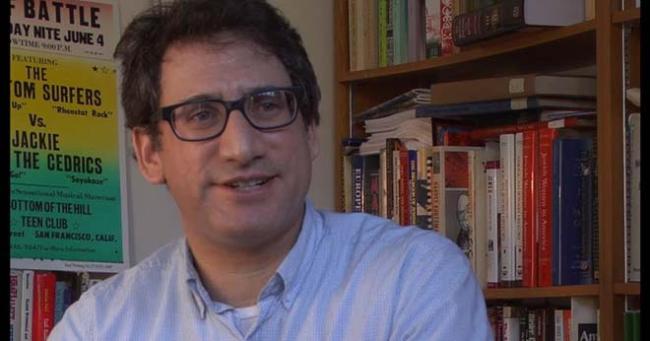
Tony Michels is a leading expert on the Yiddish-speaking left and friend of the Yiddish Book Center. In this interview with our Wexler Oral History Project, he talked about the state of the field, his own history with Yiddish, and the intersections of Yiddish, Jewish history, and the labor movement.
Student Work
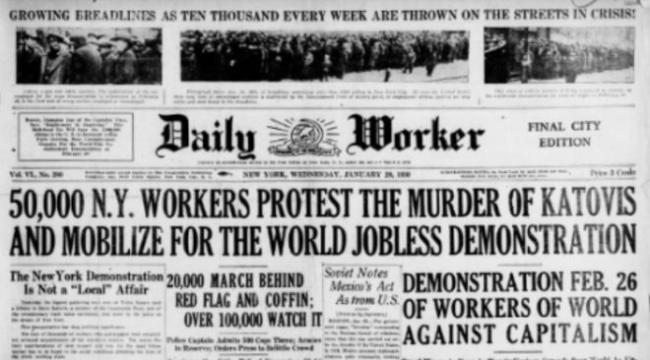
“New York—a whirlpool. Elevated train, subway, skyscraper, labyrinths of streets, grotesque signal-towers . . .” So begins Sylvia Guberman’s chapter in Nyu-york: zamlbukh (New York: Anthology), a project by the 1930 graduating class of the Umparteyesher Arbeter Mitlshul, or the Nonpartisan Workers’ High School, in East Harlem. The students wrote, edited, designed, and self-published the anthology with funds they raised themselves, and their essays present a window into New York City in 1930, when the city was a center of industrial labor.
Up North
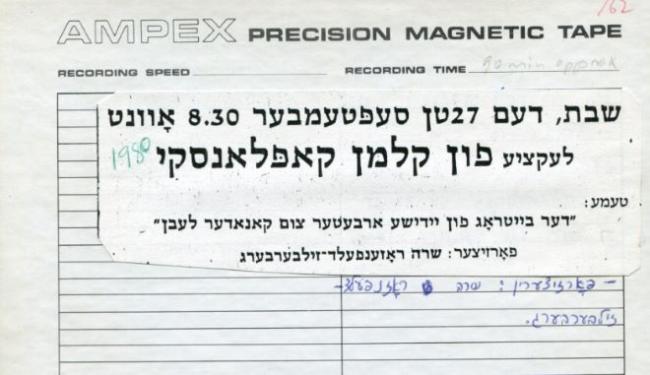
While their sheer numbers gave Yiddish speakers the most pronounced influence in the American labor movement, they played a similar role in other countries as well. This talk, recorded in 1980 at the Jewish Public Library in Montreal, discusses the contributions of working class Jews to Canadian life.
Union Man
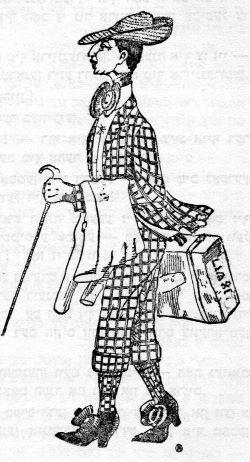
While we might romanticize the big story of Yiddish speakers’ involvement with the labor movement, there are always thousands of smaller stories as well, each with their own wrinkles. This story comes from Yiddish writer Y. Y. Zevin’s (1872–1926) popular series of vignettes starring the eponymous Joe the Waiter. Depicting life on the Lower East Side and other locales in Jewish New York, the episodes were serialized in various Yiddish newspapers. In this one, Joe tries to navigate union bureaucracy.
Read a story about Joe the Waiter
You can also listen to an episodic radiocast of Joe the Waiter, produced by the Yiddish Book Center and read by Mikhl Yashinsky.
